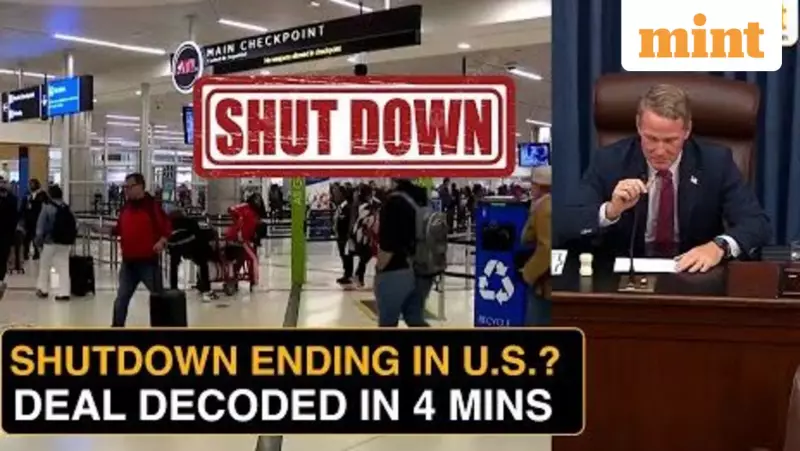
In a significant development that could bring relief to millions of Americans, the United States Senate has reached a crucial agreement to extend government funding, potentially ending what has become the longest federal shutdown in the nation's history.
Breaking the Impasse: Senate Reaches Critical Funding Deal
The breakthrough came after 40 days of complete government shutdown that created widespread disruption across the country. The Senate-approved deal will keep federal operations running until January 30, 2026, providing temporary stability after weeks of uncertainty.
This record-breaking shutdown, which began in early October 2025, had far-reaching consequences that affected numerous aspects of American daily life. Hundreds of thousands of federal employees were forced off the job, essential public services faced interruptions, and the economic impact continued to grow with each passing day.
Widespread Impact of the Lengthy Shutdown
The 40-day government shutdown created a cascade of problems throughout the United States. Federal workers found themselves sidelined without pay, creating financial hardship for many families who depend on government salaries.
Food assistance programs experienced significant delays, affecting vulnerable populations who rely on government support for their basic nutritional needs. The agricultural sector also felt the impact as farm aid programs and agricultural support services were disrupted.
Perhaps most visibly to the general public, the shutdown had a massive impact on air travel across the United States. Air traffic controllers and Transportation Security Administration (TSA) agents, who were required to work without pay, began calling in sick at increasing rates, leading to flight delays and cancellations at major airports nationwide.
The Path Forward: What Comes Next?
While the Senate agreement marks a critical step forward, the process is not yet complete. The amended funding package must still navigate several important hurdles before becoming law.
The legislation now moves to the House of Representatives, where it will require approval from the lower chamber of Congress. Following House passage, the bill would then be sent to President Donald Trump for his signature, a necessary final step to officially end the shutdown and restore full government funding.
This legislative process is expected to take several days, meaning that while the end may be in sight, the government shutdown technically continues until all branches of government complete their respective roles in the approval process.
The temporary nature of the funding extension means that lawmakers will need to return to negotiations for a more permanent solution in the coming months, setting the stage for potential future budget battles as the new January 2026 deadline approaches.





